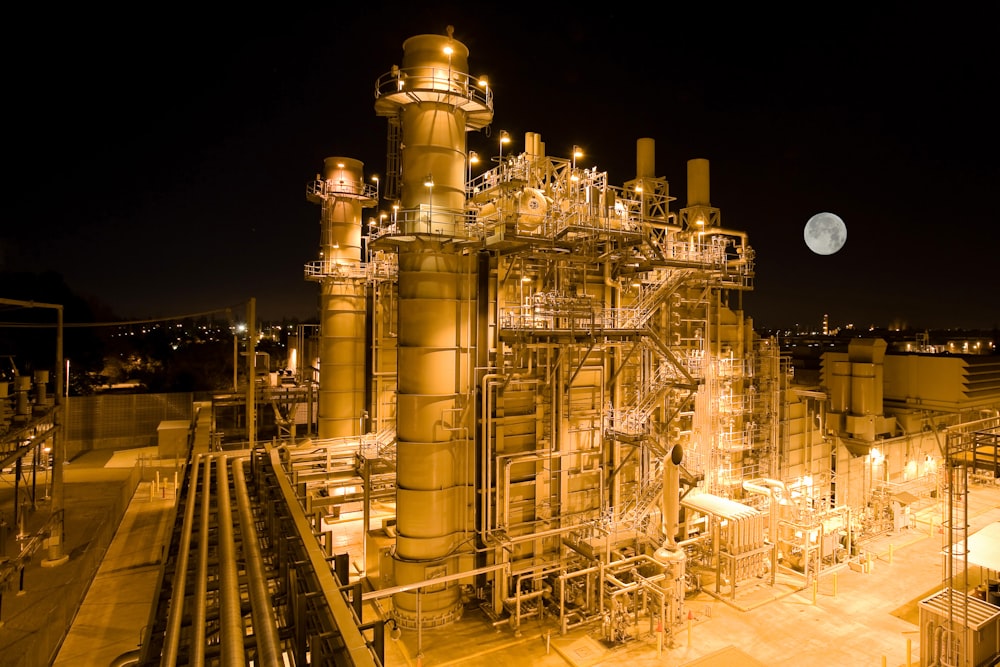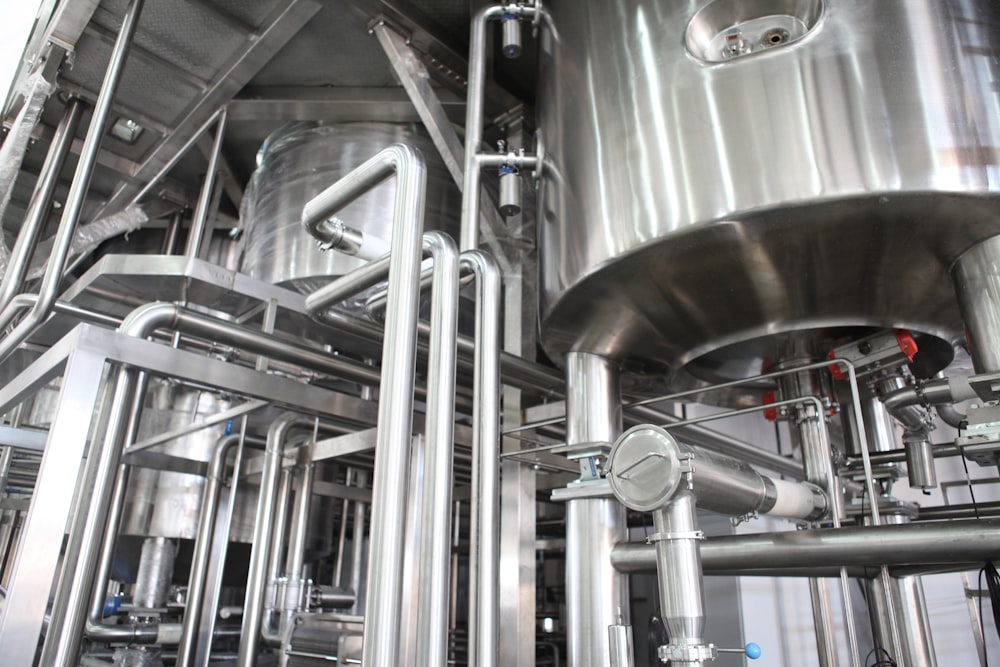
A Guide to Finding Your Dream Beach Home: What You Need to Know
Owning a beach home is more than just an escape; it’s an investment in lifestyle and future. The allure of waking up to the sound of waves, the luxury of private beachfront access, and the potential for rental income make beach homes incredibly appealing. However, the journey to purchasing such a property involves several layers of consideration. Whether you’re dreaming of a modern oasis or a quaint seaside cottage, there are crucial elements to consider in making your dream a reality.
When pursuing your dream beach home, it’s essential to focus beyond the picturesque views. The process involves understanding the financial implications, assessing the real estate market, and identifying your priorities. With thoughtful planning and informed decisions, purchasing a beach home can be a fulfilling endeavor that complements your lifestyle and enhances your investment portfolio.
Key Takeaways
- Understanding market trends can enhance your home search.
- Location and amenities are crucial in choosing the perfect beach home.
- Financial considerations play a significant role in the buying process.
Table of Contents
- Introduction
- Why Beach Homes Are a Desirable Investment
- Key Features to Look for in a Beach Home
- The Importance of Location in Beach Home Purchases
- Understanding Market Trends
- Financial Considerations Before Buying
- How to Begin Your Search
- Conclusion
- Introduction
The dream of owning a beach house is steeped in images of relaxation and tranquility, yet realizing this requires careful navigation of the real estate market. A well-structured plan, alongside a clear understanding of your desires and constraints, can transform this dream into reality. This guide will equip you with crucial insights, from initial considerations to finalizing your purchase, ensuring that your decision aligns with your lifestyle goals and financial capacity. If you’re particularly drawn to Florida, exploring Fort Lauderdale Beach Homes for Sale could be an excellent start to understanding specific market dynamics.
Why Beach Homes Are a Desirable Investment
Beach homes do more than provide a scenic backdrop; they serve as valuable investments. Their potential to generate substantial rental income makes them attractive to investors seeking to diversify their portfolios. Moreover, the lifestyle benefits, including increased opportunities for rest and recreation, enhance the intrinsic value of owning such a property. According to industry insights from realtor.com, the coastal real estate market continues to thrive due to high demand, especially in regions with favorable climates and vital community infrastructure. Before purchasing, understanding the economic factors affecting property values will place you in a stronger position to capitalize on your investment.
Key Features to Look for in a Beach Home
The serenity of beachfront living is undeniable, but selecting the right beach house requires more than an eye for aesthetics. Key features typically top the list include private beach access, expansive views, and outdoor living spaces like decks or patios. Interiors should boast ample natural light, open floor plans, and contemporary amenities for comfort and entertainment. Prospective buyers should also consider the longevity and durability of materials used in construction, as homes in coastal areas may require more robust solutions to withstand …













